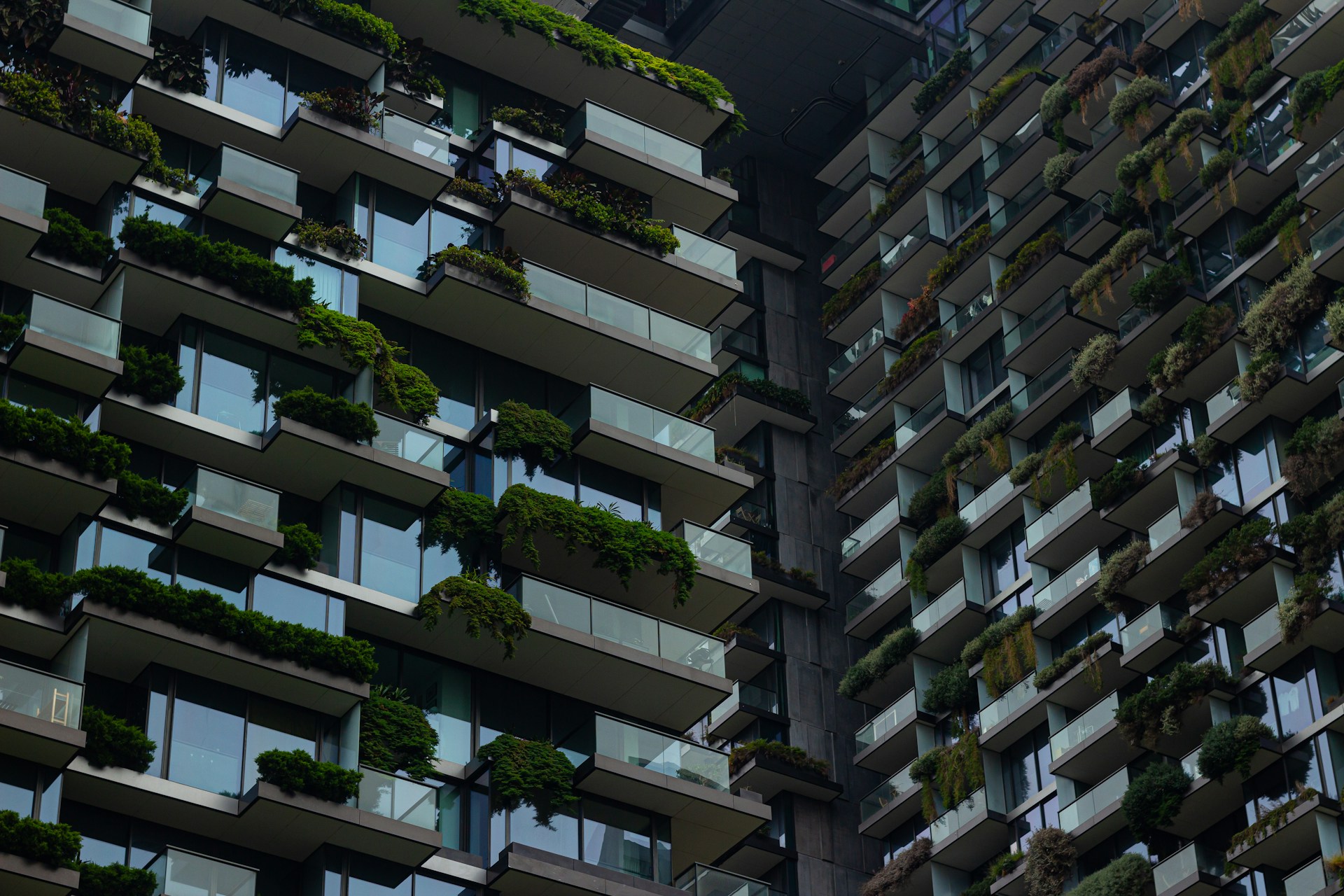
Modern cities are evolving fast, and so is the way we build them. As climate concerns grow and technology advances, the need for sustainable building design becomes more urgent than ever. Architects, engineers, and city planners now focus not only on aesthetics and function but also on reducing environmental impact and enhancing quality of life. The future of architecture lies at the intersection of sustainability and innovative technology, offering buildings that are both efficient and intelligent.
Why Sustainable Building Design Matters
Climate change has made it clear that the traditional methods of construction are no longer viable. Buildings contribute to nearly 40% of global carbon emissions. From material choices to energy use, the architecture industry plays a key role in environmental change. Sustainable building design addresses this challenge by using resources more efficiently and minimizing ecological footprints. These buildings conserve energy, reduce waste, and often use renewable materials.
In addition to the environmental benefits, sustainable buildings improve indoor air quality and provide healthier environments for occupants. When buildings use natural light, regulate temperature through passive design, and incorporate green spaces, they create spaces that promote mental and physical well-being. This makes sustainability not just a goal but a responsibility in future architectural practices.
The Rise of Smart Architecture
While sustainability focuses on the environment, smart architecture centers on integrating technology to improve building performance. Smart buildings use sensors, automation systems, and data analytics to monitor and adjust functions like lighting, heating, ventilation, and security. These technologies help reduce energy use and enhance user comfort.
For example, a smart thermostat can learn a user’s behavior and adjust temperatures accordingly, cutting down on unnecessary energy consumption. Motion-sensor lighting, automated blinds, and energy-efficient HVAC systems are all part of the toolkit. Innovative building design also includes real-time monitoring of energy usage, water consumption, and air quality, allowing for constant efficiency improvements.
Combining sustainable building design with innovative architecture creates a powerful synergy. Technology supports sustainability goals, while sustainable practices reduce the strain on tech-based systems. The result is a building that is both eco-conscious and deeply responsive to its users.
Materials That Build a Greener Future
The foundation of sustainable building design lies in the materials used. Eco-friendly architecture relies on materials that are renewable, non-toxic, and locally sourced. Bamboo, recycled steel, reclaimed wood, and low-VOC (volatile organic compounds) paints are common choices in modern green buildings. These materials not only reduce emissions during manufacturing but also help cut down on transport costs and waste.
Insulation plays a significant role in sustainable design. High-performance insulation helps maintain consistent indoor temperatures, lowering the need for heating or cooling. Green roofs and walls also offer thermal regulation, water filtration, and improved biodiversity. Many of today’s most innovative buildings feature living walls that clean the air and reduce urban heat.
Glass has also evolved. Energy-efficient glazing technologies, such as double or triple-pane windows with low-E coatings, help manage heat gain and loss. These advances support energy-efficient structures without compromising natural light or visibility, merging form and function beautifully.
The Urban Impact of Smart, Sustainable Buildings
Cities are getting denser, and with urban growth comes environmental stress. Sustainable building design becomes a vital solution for addressing this challenge. Urban developments can no longer afford to ignore the strain they place on local ecosystems. That’s why new projects now integrate green roofs, solar panels, stormwater management systems, and natural ventilation.
Innovative architecture takes urban sustainability a step further. Buildings can now communicate with city infrastructure, sharing data to help optimize traffic, energy use, and emergency responses. Some buildings even adjust energy consumption based on utility grid demands, supporting more balanced power distribution.
Smart cities are no longer a futuristic idea—they’re becoming a reality. As more structures implement sustainable strategies and intelligent systems, entire neighborhoods begin to function more efficiently. This doesn’t just lower emissions—it also improves the quality of life for everyone, from residents to workers to visitors.
Overcoming Barriers to Adoption
Despite all these advantages, sustainable building design still faces barriers. Cost is often a significant concern. While green materials and intelligent systems can save money in the long term, upfront investment can be high. Additionally, building codes and zoning regulations may not yet fully support advanced, sustainable, or innovative technologies.
Education remains another hurdle. Not all architects, developers, or city planners are trained in sustainable practices or innovative technologies. Bridging this gap means updating design curricula, offering professional development, and encouraging cross-disciplinary collaboration.
Public awareness also plays a role. As consumers grow more conscious of environmental issues, demand for sustainable and smart homes rises. Developers who adapt to this trend will not only help the planet but also meet growing market expectations. Clear communication about the benefits—lower utility bills, better health, and future-proof living—can help turn skepticism into enthusiasm.
Designing for a Smarter, Greener Tomorrow
The future of architecture depends on how well we combine sustainable practices with clever innovations. Sustainable building design offers a path forward that meets both ecological and human needs. When we build with the planet in mind and let technology support our goals, we create a blueprint for long-term success.
Designers must think beyond single buildings and consider the broader urban ecosystem. Every sustainable decision—no matter how small—ripples outward. From choosing eco-friendly materials to integrating AI-driven energy systems, these steps help create cities that are cleaner, healthier, and more resilient.
Architects now have an opportunity to be change-makers. Through sustainable building design, they can shape environments that adapt to future needs while preserving the beauty and balance of the world around us. It’s no longer enough to build something that stands tall. We must build structures that stand for something—sustainability, intelligence, and care for future generations.